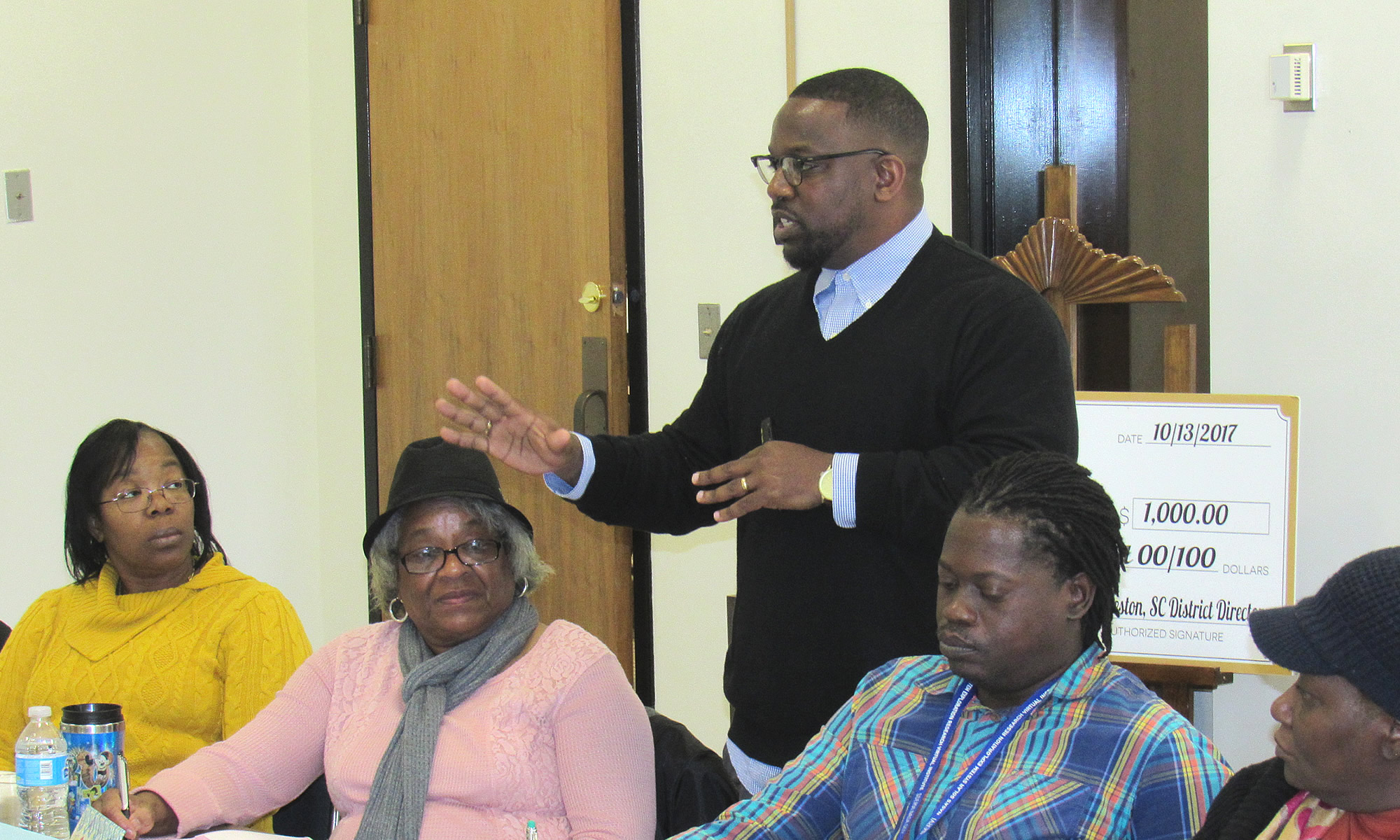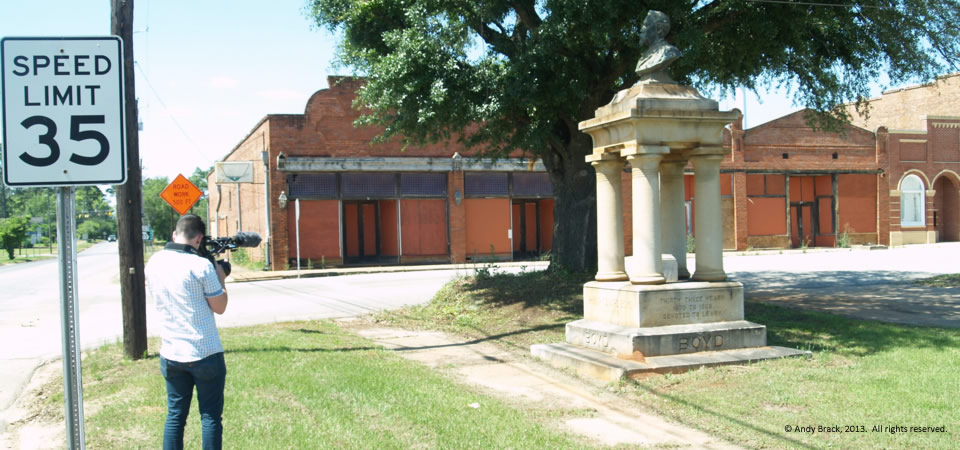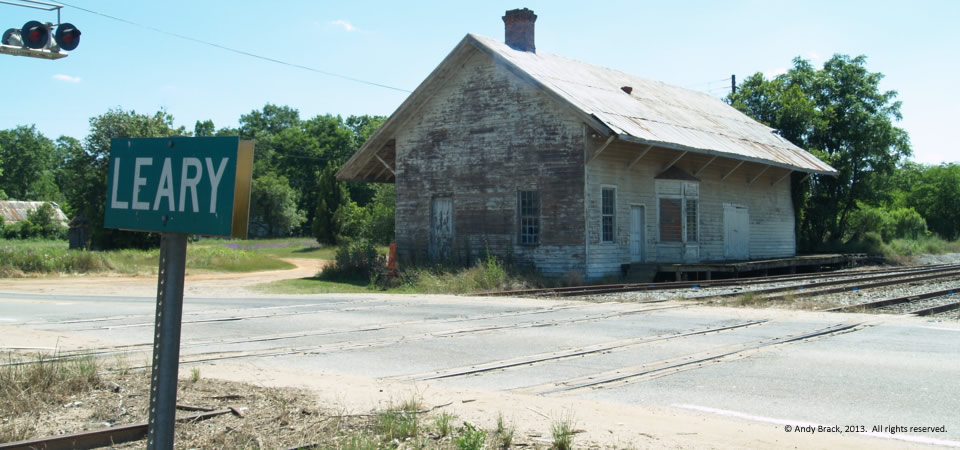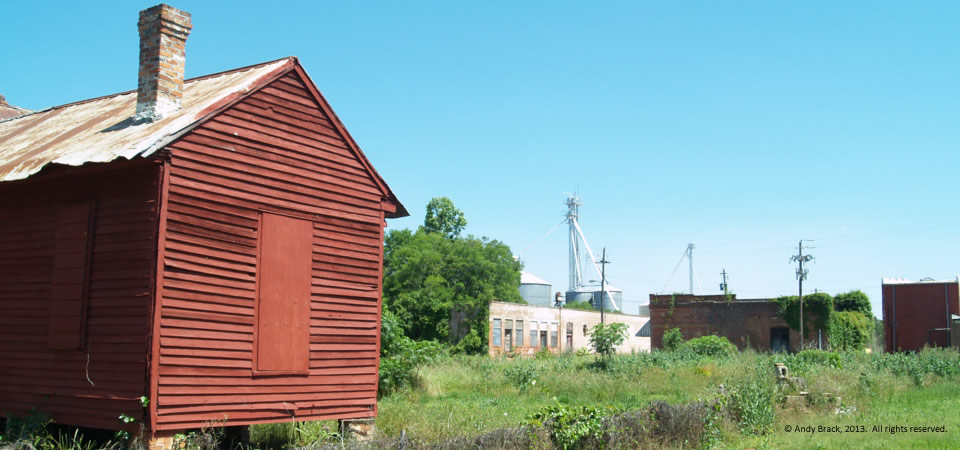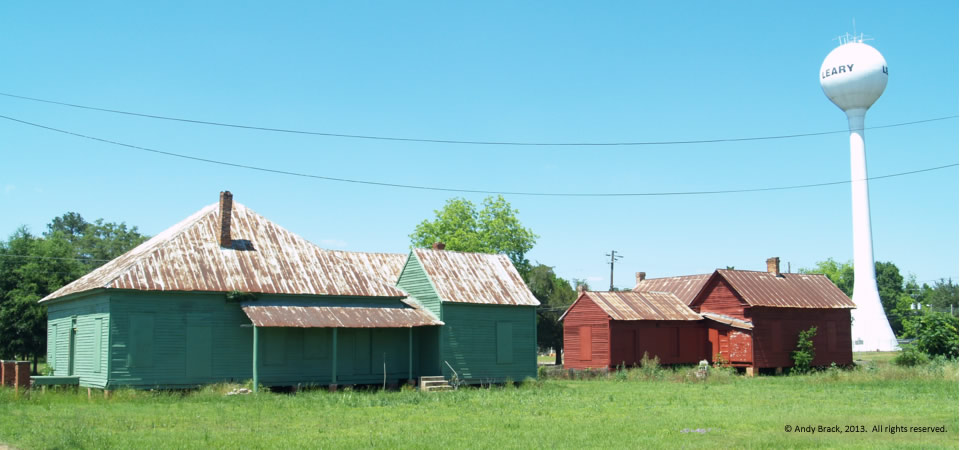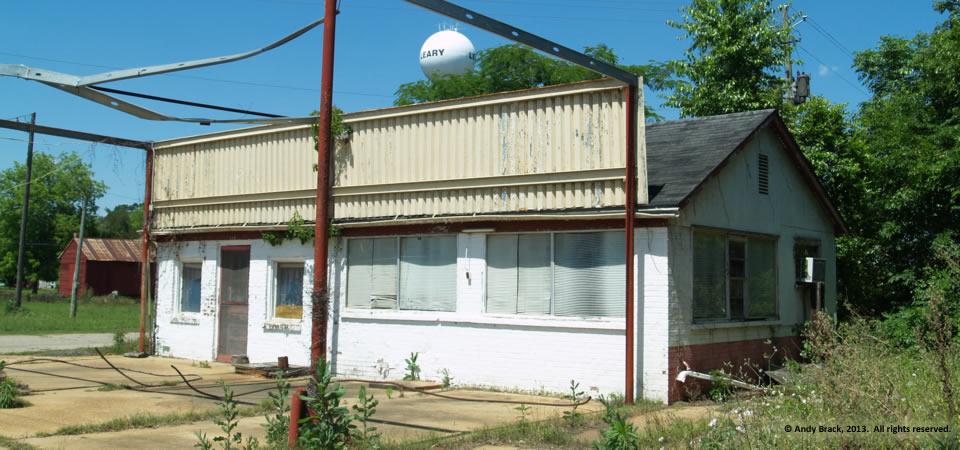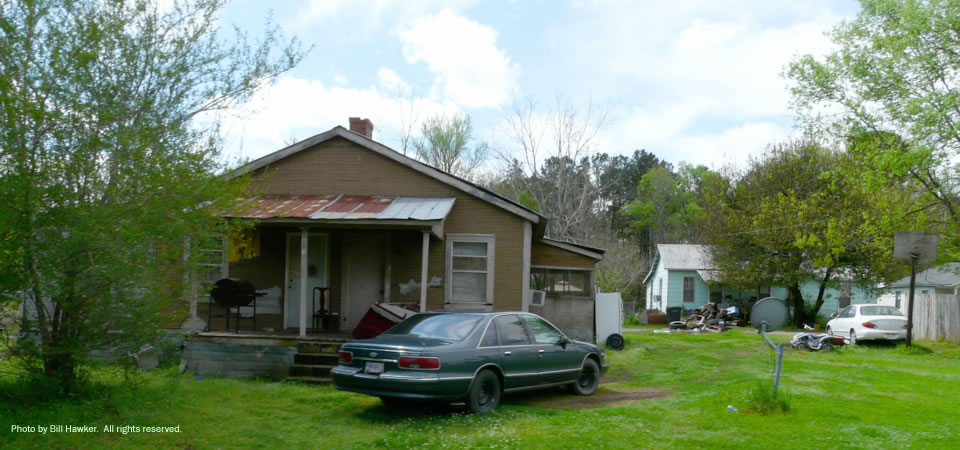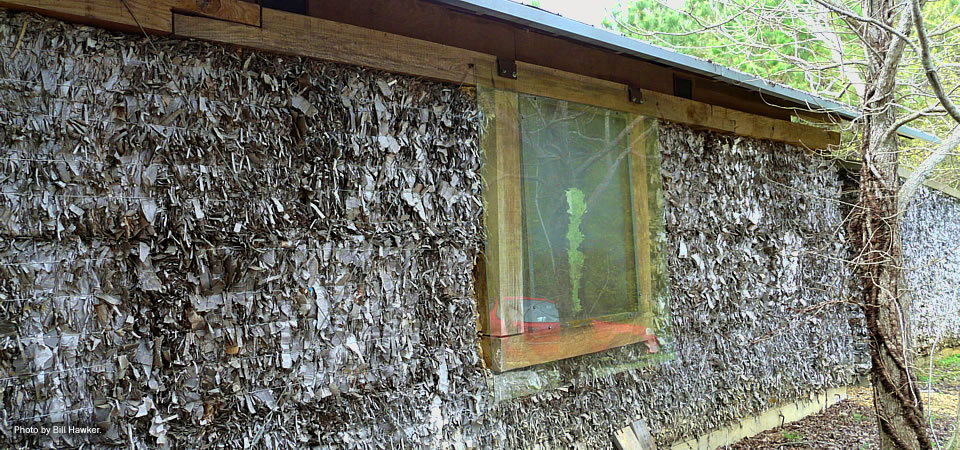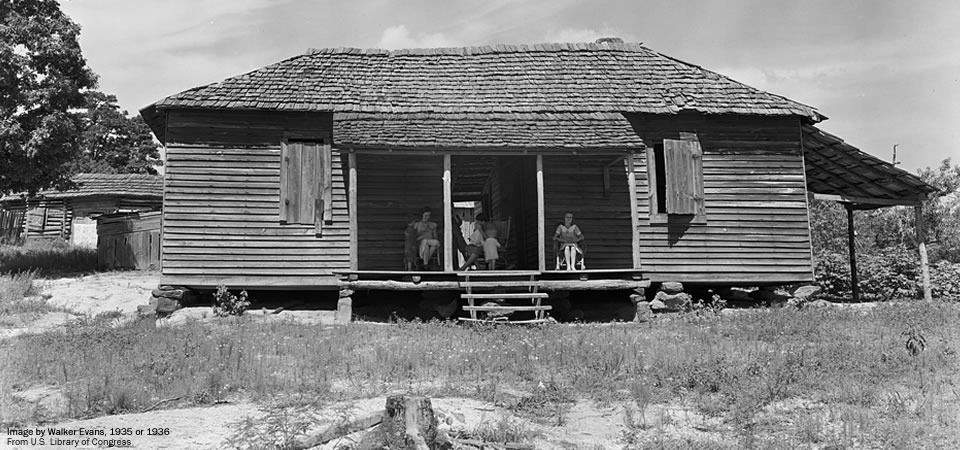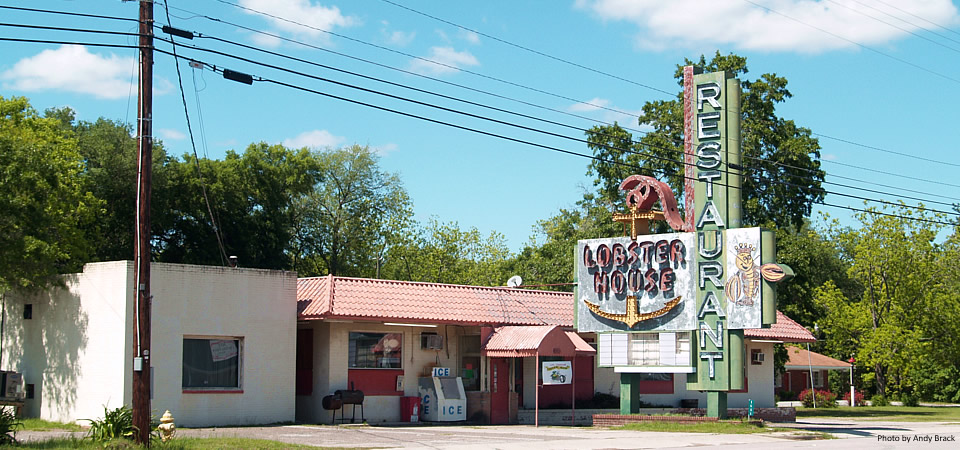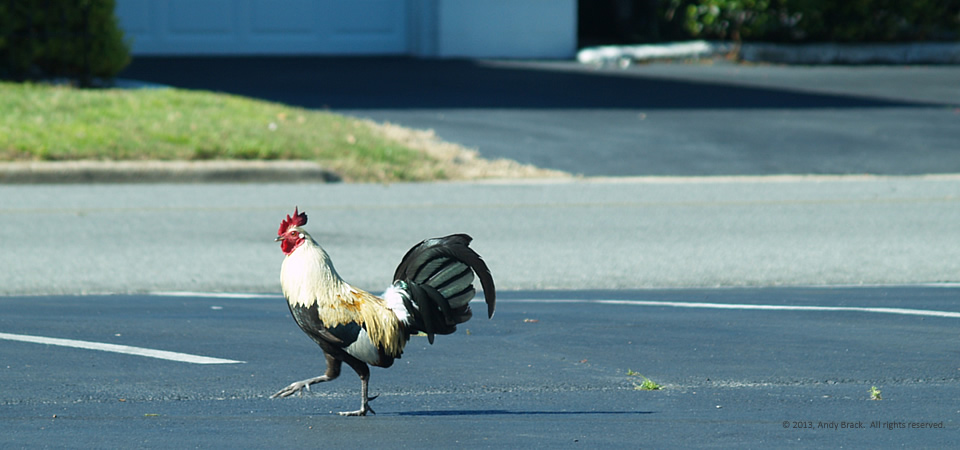
If you want to visit a place where the chickens and roosters roam free in the downtown, check out Fitzgerald in Georgia’s heartland. Burmese chickens, introduced by state officials in the 1960s to be a game bird like turkeys and quail for hunters, didn’t make it the public’s mind. And despite an attempt to get rid of the colorful birds, they survived. (More on their history.)
Locals apparently then thought of them as pests for their free-range habits (they’re so, pardon the pun, cocky that they face off with cars in the street), but grew to embrace them so much that there’s now a Wild Chicken Festival in March in the town’s downtown historic district.
Not everyone in Fitzgerald loves the chickens, but talk about an innovative way to bring in tourists and bolster the local economy!
Just over 9,000 people live in Fitzgerald, the county seat of rural Ben Hill County. Some 31.6 percent of people live in poverty, according to Census figures. More.
Links:
- Movie from 2011 Wild Chicken Festival
- Photos of Fitzgerald from Vanishing South Georgia
- Photos from Alfie and Company Photography
Photo by Andy Brack in May 2013. All rights reserved.
